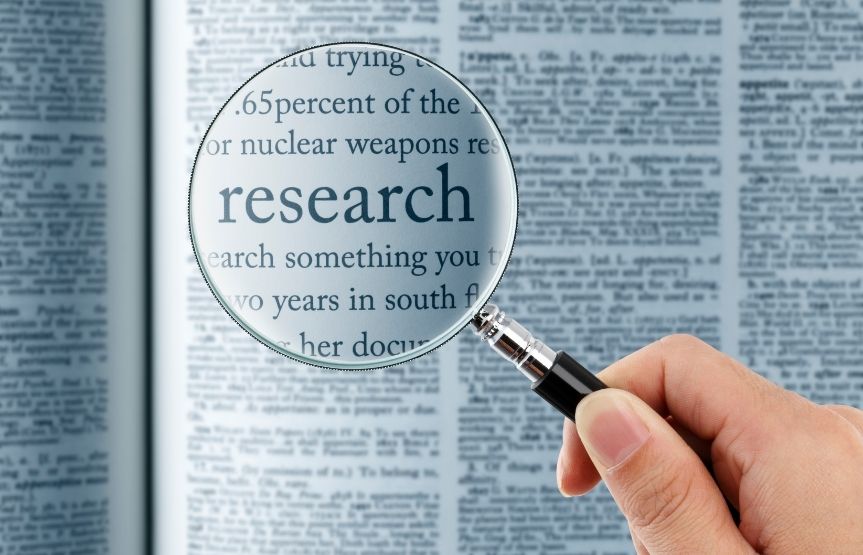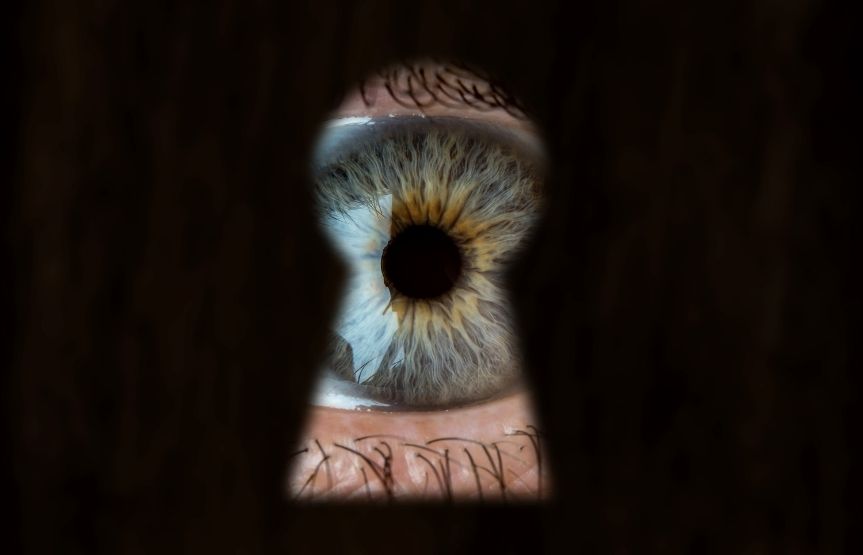Blog
POSITIVE PSYCHOTHERAPY AND MEANING IN LIFE
According to Victor Frankl (1973) man’s search for meaning is a sign of being truly human that should be termed spiritual distress rather than mental disease. The fundamental and basic human need is to understand and find meaning in existence, something that is relevant to every human being.
Why Study Psychology?
There are several reasons why studying Psychology is a good choice! Here are a few of the most important ones…
What is Experimental Research? How can it be conducted in the field of Psychology?
The field of psychology is a very broad area with many smaller subfields. Each psychologist can specialise in any of these subdivisions through conducting research and through additional training. One of the most prominent and influential areas in psychology is experimental psychology. Experimental psychologists are interested in exploring theoretical questions, often by creating a hypothesis and then setting out to prove or disprove it through experimentation. They study a wide range of behavioral topics among humans and animals, including sensation, perception, attention, memory, cognition and emotion. Experimental psychologists use scientific methods to collect data and perform research. Certainly, all psychologists can be considered researchers, since research is at the very core of psychology.
Developing and Transforming Yourself
Mihaly Csikszentmihalyi introduced Flow Theory in the 1970s after his surprising research led to his understanding that people are motivated when they are involved in intense activities that they are passionate about, and which gain their full attention.
Romance or Stalking?
The media (film, tv shows, books and music) have for years misinterpreted romantic behaviour and have promoted stalking behaviours instead. Following someone, making exaggerated expressions of affection, calling, sending messages, gifts and watching someone out of sight have all been normalised as part of the courtship. Stalking is also found is cases where a couple has separated or divorced, and one of the two parties wishes for the relationship to continue so he or she will conduct “grant gestures” or “persist” until they win the other person back. What is never discussed in these romantic films or tv shows or musical lyrics is how the person who is being pursued feels about this unwanted attention.
Critical Thinking as a Competitive Advantage in Career Development
The employment market changed radically after the rapid digitalization that took place in an effort to not let the economy to collapse and to preserve human interaction during the COVID-19 pandemic. Almost all interaction started to take place virtually, the local markets opened their horizons with the aim of one united global employment market. The whole world realized that regardless of whether you live in Singapore or in Russia, you can be a valuable colleague in a company based in London or in Greece. The world’s most innovative workplaces now open their horizons to include international talent and embrace the limitless interaction and creative potential of professionals.
World Mental Health Day is observed on 10th October each year. The theme of the 2021 World Mental Health Day is “Mental Health in an Unequal World”.
2020 has drawn our attention to inequalities due to race and ethnicity, sexual orientation and gender identity, and the lack of respect for human rights in many countries all around the world. Such inequalities have an impact on people’s mental health, and people living with mental health conditions also face inequalities due to stigma.
We believe in Coaching
In recent years, recognition of human factor is increasing and perhaps is the most important resource of any business. The employee performance can greatly influence the achievement of the business goals, the provision good-quality products and services and consequently the creation of the competitive advantage, which is what the ultimate goal is. In this context, improving employee performance is a crucial factor, as all companies seek to increase employee productivity in various ways. Therefore, it is understood that the human factor is the essential asset for a business that can help sustainability and growth of the organization. For these reasons, adopting various coaching methods is, for all companies, more than a necessity.








